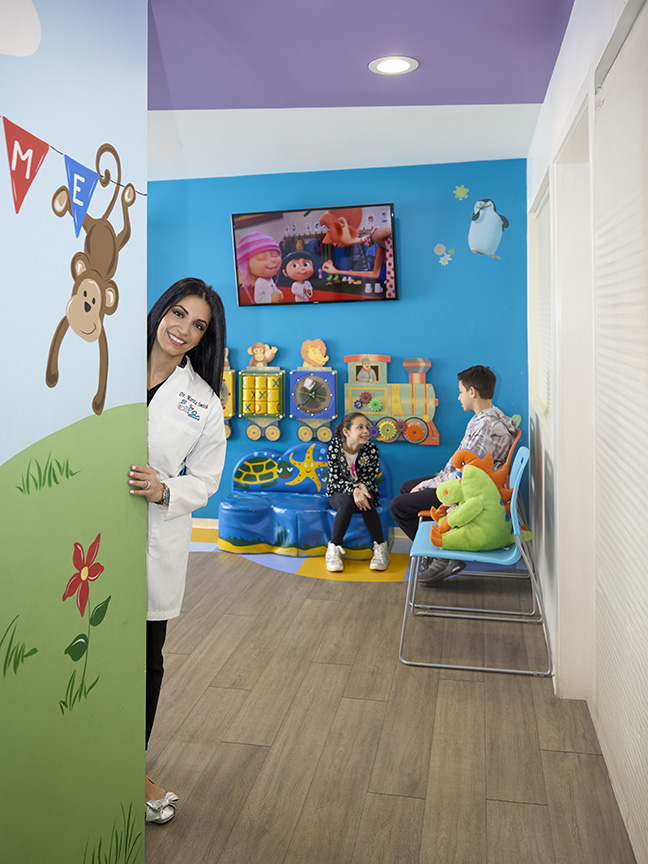
Does My Child Have an Eating Disorder?
Three experts share what to look out for, the physical and mental health risks, and how to get your child the help she needs.

Three experts share what to look out for, the physical and mental health risks, and how to get your child the help she needs.




At L.I. Voyager’s Day Camp we offer a program that is both enriching and fun, an excellent opportunity for children to broaden their horizons, develop...

Deer Park , NY Upon entering Monster Mini Golf, all perceptions of traditional mini golf will be spirited away by the indoor, 18 hole, monster-theme, glow-in-the-dar...

The Ultimate Summer Camp Experience! For 40+ years, Future Stars has helped campers build skills, character, friendships, and lasting memories. 8 Loca...

Riverhead , NY DPF 4-H Camp is a 140 acre co-ed sleep-away camp for campers ages 8-16. Our camp is located on the majestic Long Island Sound in Riverhead, NY. Our c...